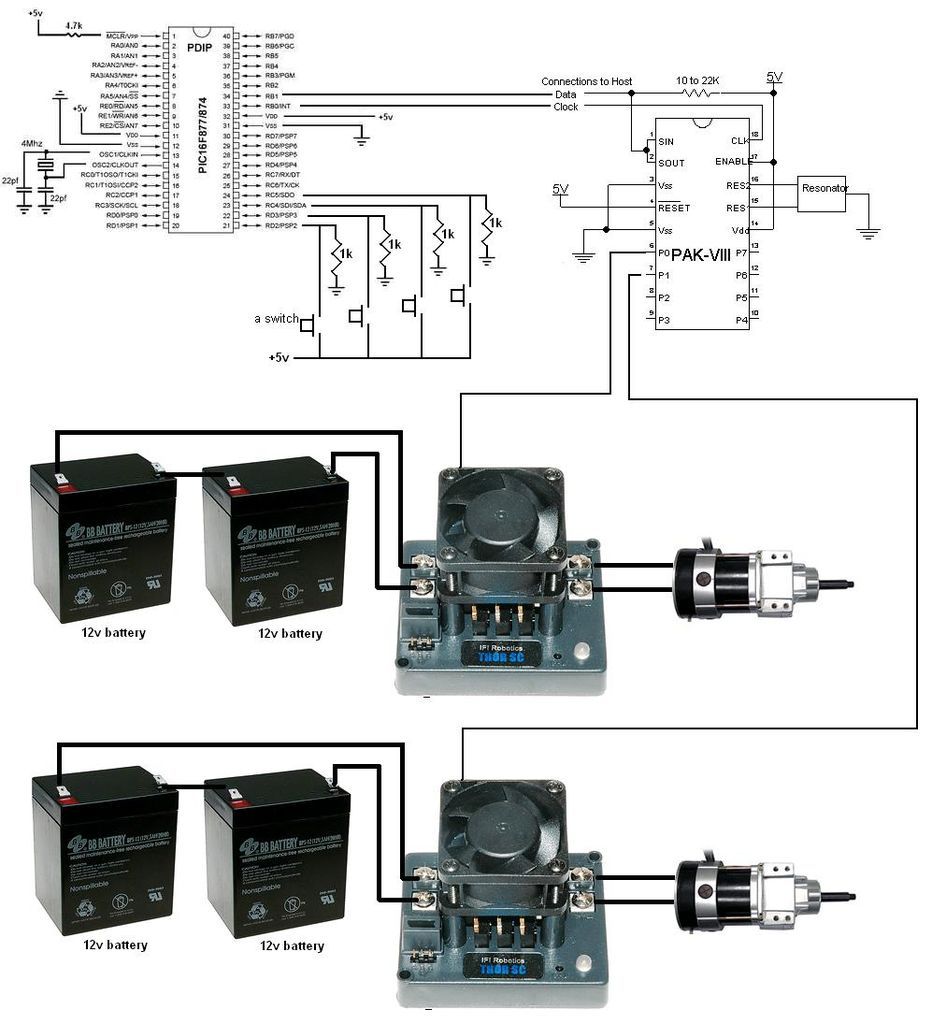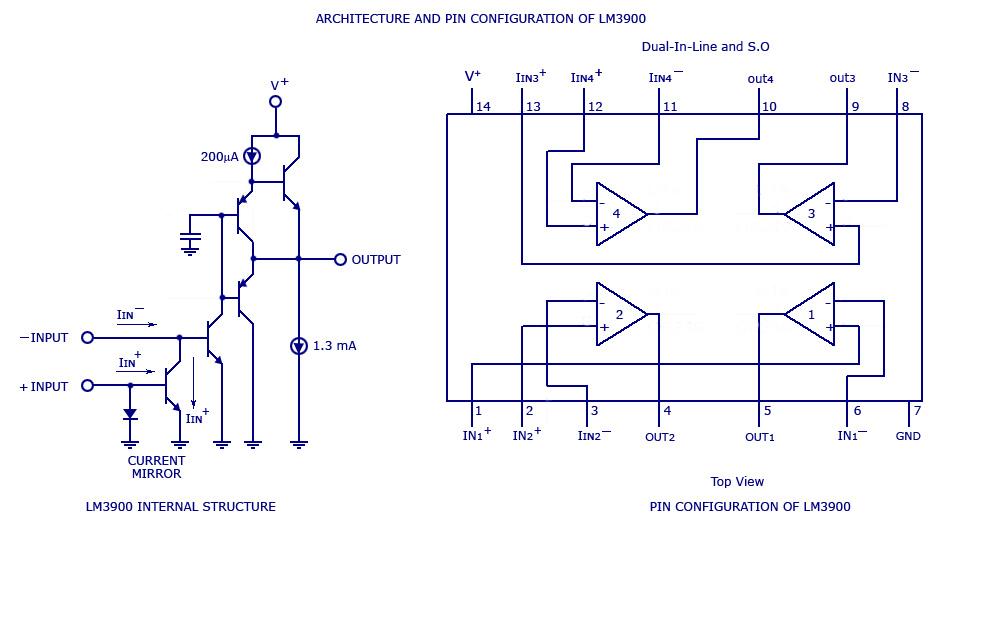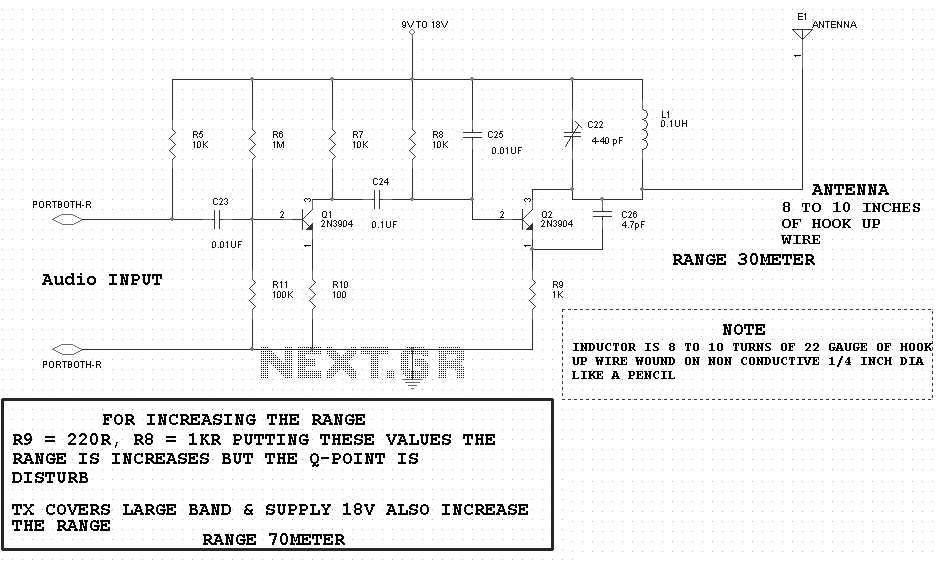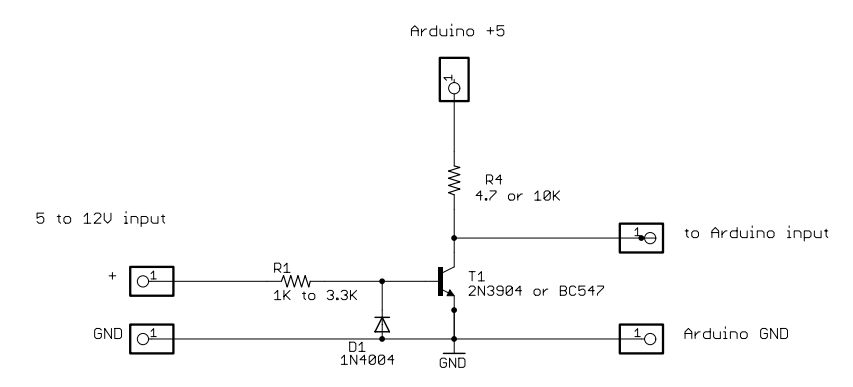
vehicle tracking system using gps
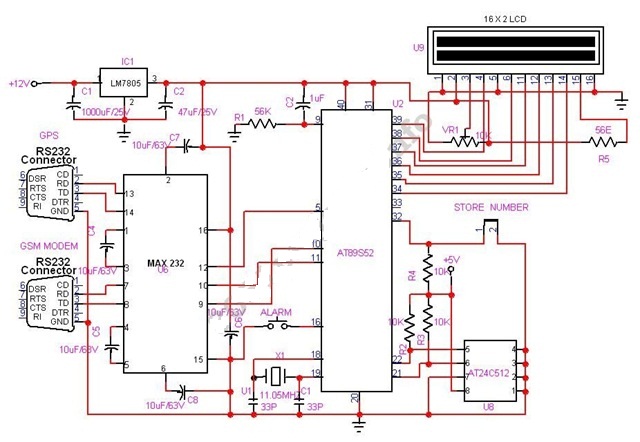
An embedded system designed for tracking and positioning vehicles utilizes the Global Positioning System (GPS) and the Global System for Mobile Communication (GSM). This project employs the AT89S52 microcontroller to interface with various hardware peripherals. The system continuously monitors a moving vehicle and reports its status on demand. The AT89S52 microcontroller is serially connected to a GSM modem and a GPS receiver. The GSM modem transmits the vehicle's position (latitude and longitude) from a remote location, while the GPS modem continuously provides data indicating the vehicle's position. Although the GPS modem outputs multiple parameters, only the NMEA data is read and displayed on an LCD. This data is also sent to a mobile device requesting the vehicle's position. An EEPROM is used to store the mobile number. The hardware interfaces with the microcontroller include an LCD display, GSM modem, and GPS receiver. The design employs the RS-232 protocol for serial communication between the modems and the microcontroller, with a serial driver IC converting TTL voltage levels to RS-232 voltage levels. When a user request is sent to the modem, the system automatically replies with the vehicle's position in terms of latitude and longitude. The project integrates a vehicle positioning and navigation system that allows for vehicle location globally using the AT89S52 microcontroller, GPS receiver, GSM modem, MAX 232, and EEPROM. The microcontroller's code is stored in its internal ROM, where it processes instructions and serves as an interface between the GSM and GPS through serial communication. The GPS receiver continuously transmits data, while the GSM modem handles data transmission and reception. Initially, the microcontroller retrieves data from the GPS receiver and subsequently communicates the information to the owner via SMS using the GSM modem. The GPS receiver operates at a baud rate of 9600 to receive data from satellites, and the GPS values from different satellites are sent to the AT89S52 microcontroller for processing and forwarding to the GSM. During processing, the GPS receiver outputs only $GPRMC values, from which the microcontroller extracts latitude and longitude values, excluding time, altitude, satellite names, and authentication details (e.g., LAT: 1728:2470 LOG: 7843.3089). The GSM modem operates at a baud rate of 57600 and functions as both an SMS receiver and sender. The EEPROM, an Electrically Erasable Read-Only Memory, is used to store the mobile number. Power is supplied to the components, including the GSM, GPS, and microcontroller circuitry, using a 12V/3.2A battery. The GSM requires 12V, while the GPS and microcontroller operate at 5V, with voltage regulators managing power distribution among the three components.
The embedded vehicle tracking system is built around the AT89S52 microcontroller, which serves as the central processing unit (CPU) for managing data flow between the GPS and GSM modules. The system architecture is designed to ensure efficient communication and minimal latency in position reporting. The GPS receiver continuously acquires satellite signals, processing them to extract location data formatted in NMEA sentences, specifically the $GPRMC format, which contains essential navigational information.
The data flow begins when the GPS receiver captures signals from multiple satellites, calculating the vehicle's current latitude and longitude. This data is then relayed to the AT89S52 microcontroller, which processes the information by filtering out unnecessary parameters and retaining only the relevant coordinates. The microcontroller utilizes its internal ROM to execute the programmed logic, which includes the parsing of the GPS data and the subsequent formatting of the message to be sent via the GSM modem.
The GSM modem is configured to operate at a baud rate of 57600, allowing for rapid transmission of SMS messages. When a request is received from a mobile device, the microcontroller triggers the GSM modem to send an SMS containing the vehicle's coordinates. The use of an EEPROM to store the mobile number ensures that the system can reliably send updates to the designated recipient without requiring manual input for each request.
Power management is a critical aspect of the design. The system employs a 12V/3.2A battery to power the GSM modem, while the GPS receiver and microcontroller are powered at 5V. Voltage regulators are implemented to ensure that each component receives the appropriate voltage level, thereby enhancing the overall reliability and longevity of the system.
In summary, this embedded vehicle tracking system effectively integrates GPS and GSM technologies to provide real-time location tracking and reporting. Its architecture is optimized for efficient data processing and communication, making it a robust solution for vehicle monitoring applications.An embedded system which is used for tracking and positioning of any vehicle by using Global Positioning System (GPS) and Global system for mobile communication (GSM). In this project AT89S52 microcontroller is used for interfacing to various hardware peripherals. The current design is an embedded application, which will continuously monitor a moving Vehicle and report the status of the Vehicle
on demand. For doing so an AT89S52 microcontroller is interfaced serially to a GSM Modem and GPS Receiver. A GSM modem is used to send the position (Latitude and Longitude) of the vehicle from a remote place. The GPS modem will continuously give the data i. e. the latitude and longitude indicating the position of the vehicle. The GPS modem gives many parameters as the output, but only the NMEA data coming out is read and displayed on to the LCD.
The same data is sent to the mobile at the other end from where the position of the vehicle is demanded. An EEPROM is used to store the mobile number. The hardware interfaces to microcontroller are LCD display, GSM modem and GPS Receiver. The design uses RS-232 protocol for serial communication between the modems and the microcontroller. A serial driver IC is used for converting TTL voltage levels to RS-232 voltage levels. When the request by user is sent to the number at the modem, the system automatically sends a return reply to that mobile indicating the position of the vehicle in terms of latitude and longitude.
The project is vehicle positioning and navigation system we can locate the vehicle around the globe with 8052 micro controller, GPS receiver, GSM modem, MAX 232, EEPROM. Microcontroller used is AT89S52. The code is written in the internal memory of Microcontroller i. e. ROM. With help of instruction set it processes the instructions and it acts as interface between GSM and GPS with help of serial communication of 8052.
GPS always transmits the data and GSM transmits and receive the data. Microcontroller communicates with the help of serial communication. First it takes the data from the GPS receiver and then sends the information to the owner in the form of SMS with help of GSM modem. GPS receiver works on 9600 baud rate is used to receive the data from space Segment (from Satellites), the GPS values of different Satellites are sent to microcontroller AT89S52, where these are processed and forwarded to GSM.
At the time of processing GPS receives only $GPRMC values only. From these values microcontroller takes only latitude and longitude values excluding time, altitude, name of the satellite, authentication etc. E. g. LAT: 1728:2470 LOG: 7843. 3089 GSM modem with a baud rate 57600. GSM is a Global system for mobile communication in this project it acts as a SMS Receiver and SMS sender.
EEPROM is an Electrically Erasable read only memory which stores is used to store the mobile number. The power is supplied to components like GSM, GPS and Micro control circuitry using a 12V/3. 2A battery. GSM requires 12v, GPS and microcontroller requires 5v. with the help of regulators we regulate the power between three components. 🔗 External reference
The embedded vehicle tracking system is built around the AT89S52 microcontroller, which serves as the central processing unit (CPU) for managing data flow between the GPS and GSM modules. The system architecture is designed to ensure efficient communication and minimal latency in position reporting. The GPS receiver continuously acquires satellite signals, processing them to extract location data formatted in NMEA sentences, specifically the $GPRMC format, which contains essential navigational information.
The data flow begins when the GPS receiver captures signals from multiple satellites, calculating the vehicle's current latitude and longitude. This data is then relayed to the AT89S52 microcontroller, which processes the information by filtering out unnecessary parameters and retaining only the relevant coordinates. The microcontroller utilizes its internal ROM to execute the programmed logic, which includes the parsing of the GPS data and the subsequent formatting of the message to be sent via the GSM modem.
The GSM modem is configured to operate at a baud rate of 57600, allowing for rapid transmission of SMS messages. When a request is received from a mobile device, the microcontroller triggers the GSM modem to send an SMS containing the vehicle's coordinates. The use of an EEPROM to store the mobile number ensures that the system can reliably send updates to the designated recipient without requiring manual input for each request.
Power management is a critical aspect of the design. The system employs a 12V/3.2A battery to power the GSM modem, while the GPS receiver and microcontroller are powered at 5V. Voltage regulators are implemented to ensure that each component receives the appropriate voltage level, thereby enhancing the overall reliability and longevity of the system.
In summary, this embedded vehicle tracking system effectively integrates GPS and GSM technologies to provide real-time location tracking and reporting. Its architecture is optimized for efficient data processing and communication, making it a robust solution for vehicle monitoring applications.An embedded system which is used for tracking and positioning of any vehicle by using Global Positioning System (GPS) and Global system for mobile communication (GSM). In this project AT89S52 microcontroller is used for interfacing to various hardware peripherals. The current design is an embedded application, which will continuously monitor a moving Vehicle and report the status of the Vehicle
on demand. For doing so an AT89S52 microcontroller is interfaced serially to a GSM Modem and GPS Receiver. A GSM modem is used to send the position (Latitude and Longitude) of the vehicle from a remote place. The GPS modem will continuously give the data i. e. the latitude and longitude indicating the position of the vehicle. The GPS modem gives many parameters as the output, but only the NMEA data coming out is read and displayed on to the LCD.
The same data is sent to the mobile at the other end from where the position of the vehicle is demanded. An EEPROM is used to store the mobile number. The hardware interfaces to microcontroller are LCD display, GSM modem and GPS Receiver. The design uses RS-232 protocol for serial communication between the modems and the microcontroller. A serial driver IC is used for converting TTL voltage levels to RS-232 voltage levels. When the request by user is sent to the number at the modem, the system automatically sends a return reply to that mobile indicating the position of the vehicle in terms of latitude and longitude.
The project is vehicle positioning and navigation system we can locate the vehicle around the globe with 8052 micro controller, GPS receiver, GSM modem, MAX 232, EEPROM. Microcontroller used is AT89S52. The code is written in the internal memory of Microcontroller i. e. ROM. With help of instruction set it processes the instructions and it acts as interface between GSM and GPS with help of serial communication of 8052.
GPS always transmits the data and GSM transmits and receive the data. Microcontroller communicates with the help of serial communication. First it takes the data from the GPS receiver and then sends the information to the owner in the form of SMS with help of GSM modem. GPS receiver works on 9600 baud rate is used to receive the data from space Segment (from Satellites), the GPS values of different Satellites are sent to microcontroller AT89S52, where these are processed and forwarded to GSM.
At the time of processing GPS receives only $GPRMC values only. From these values microcontroller takes only latitude and longitude values excluding time, altitude, name of the satellite, authentication etc. E. g. LAT: 1728:2470 LOG: 7843. 3089 GSM modem with a baud rate 57600. GSM is a Global system for mobile communication in this project it acts as a SMS Receiver and SMS sender.
EEPROM is an Electrically Erasable read only memory which stores is used to store the mobile number. The power is supplied to components like GSM, GPS and Micro control circuitry using a 12V/3. 2A battery. GSM requires 12v, GPS and microcontroller requires 5v. with the help of regulators we regulate the power between three components. 🔗 External reference


